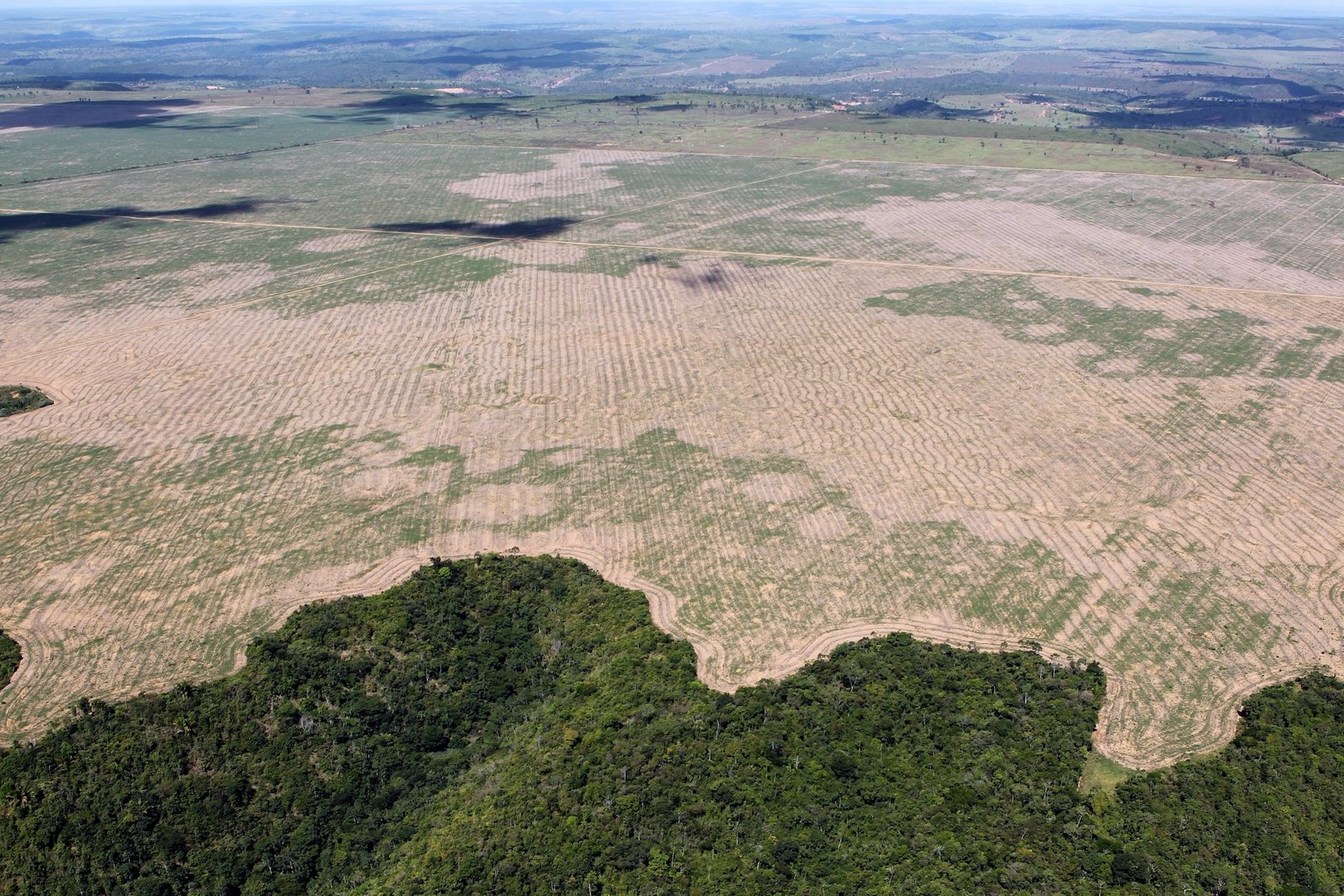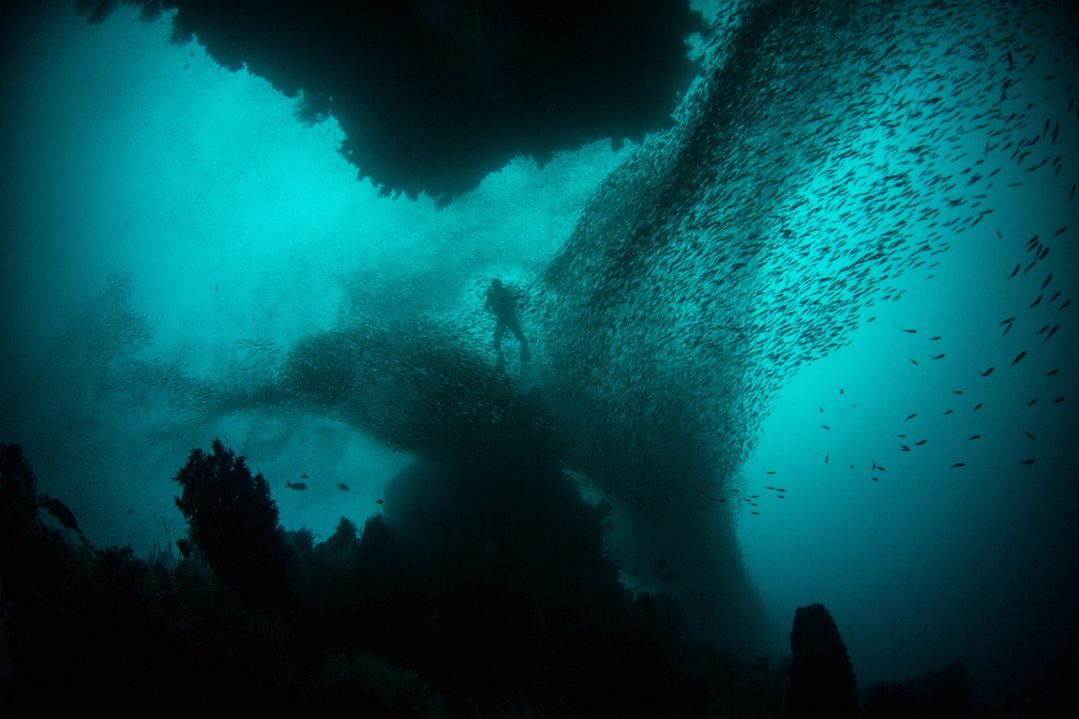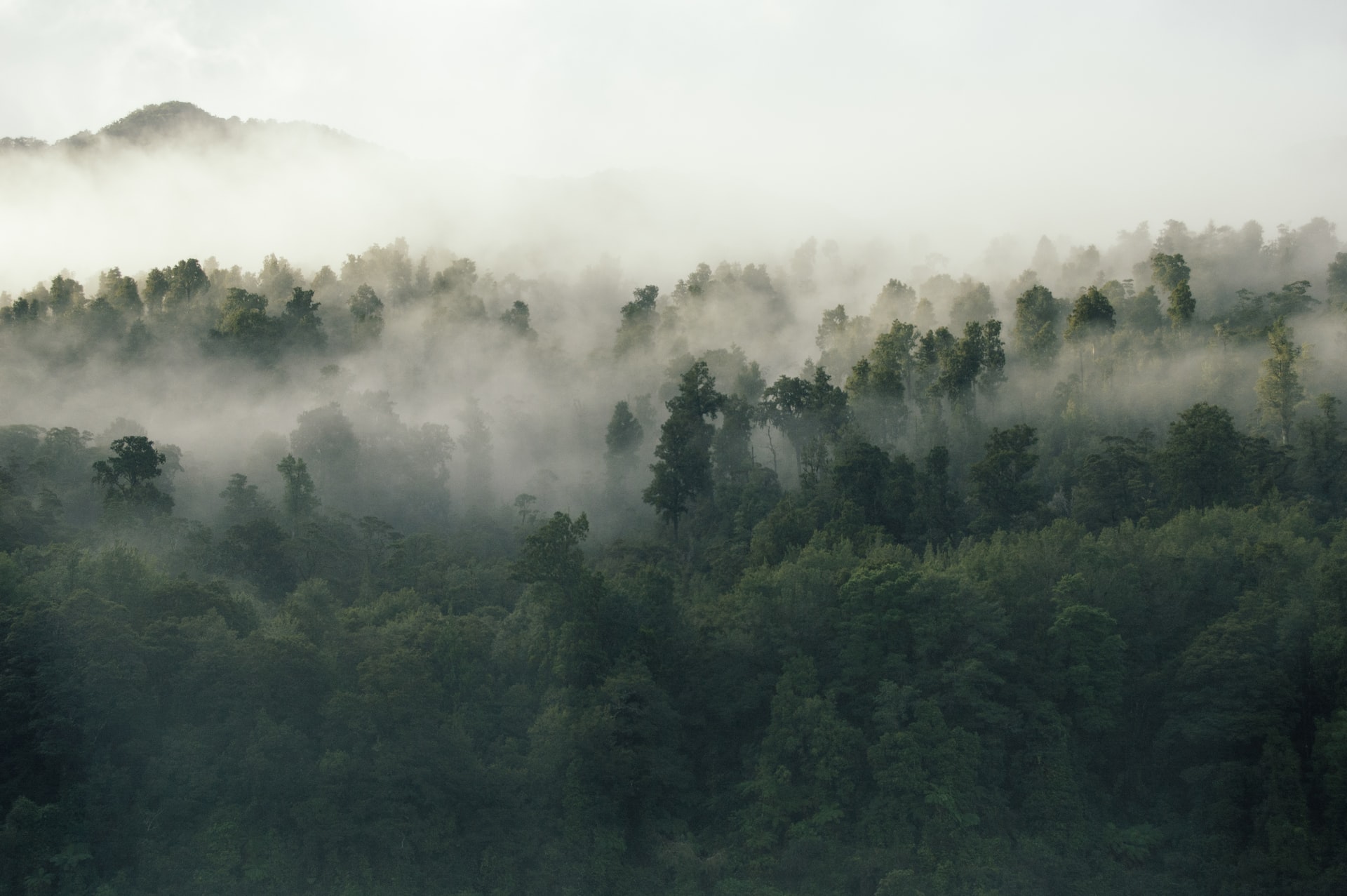There Must Be Something in the Water
These visions slowly drifted away until a blaring train horn brought me fully back to the present. It hurt to be back. I wished I could permanently transport to a time before asphalt bridges, oil refineries, and church steeples occupied the Ohio River basin. I wished I lived here before the town of Warren was built. I yearned for the time when traditional cultures governed these lands. I wished Europeans never found this land.
I began to feel sick to my stomach. I tried to recall if I had eaten something, but all I had eaten all day was an apple and a handful of cashews and almonds. This meal had never given me trouble before.
An acorn fell from the branches and bounced near my feet. The red oak’s branches caught my attention. I saw her leaves turning in the late afternoon sunshine. She glowed with a verdant light – one of the forest’s original colors. She glimmered with memories of times past. Then, a statement echoed in my mind: “There must be something in the water.”
My nausea intensified. It was a hot day and I was guzzling water. I had filled my water bottle up at several public fountains in town. Was something in the water? What was making me sick?
Above me, four flags snapped in the wind. One flag was a blue field with three gold fleur de lis. This was the old, royal French flag carried by French explorers in the area. One flag was the British Union Jack carried by British explorers. The third flag was the one carried by American forces during the Revolution. It showed 13 white stars arranged in a circle on a blue square with alternating red and white stripes. The last flag was the Seneca Nation’s. It was red and displayed the Seneca’s respect for nonhuman life with eight animals in a circle. They were deer, heron, hawk, snipe, bear, wolf, beaver, and turtle.
Below the flags, a plaque explained that originally this monument flew only the three imperial flags of the Europeans who claimed this land. Later, the Seneca Nation flag was added. That irony provoked in me a desire to learn the history of how indigenous peoples were pushed off this land. I hoped this would reveal what was in the water.
Settler Occupation Heartbreak
The history of the settler occupation of the Ohio River basin is heartbreaking. White settlers, especially Americans, engaged in decades of ethnic cleansing and genocide to open the region to settlement. This process is called settler colonialism. Historian Patrick Wolfe sums up the goal of settler colonialism as elimination of indigenous populations in order to make land available to settlers. And, in her essential book An Indigenous Peoples’ History of the United States, Dr. Roxanne Dunbar-Ortiz elaborates:
“Settler colonialism, as an institution or system, requires violence or the threat of violence to attain its goals. People do not hand over their land, resources, children and futures without a fight, and that fight is met with violence. In employing the force necessary to accomplish its expansionist goals, a colonizing regime institutionalizes violence. The notion that settler-indigenous conflict is an inevitable product of cultural differences and misunderstandings, or that violence was committed equally by the colonized and the colonizer, blurs the nature of the historical processes. Euro-American colonialism, an aspect of the capitalist economic globalization, had from its beginnings a genocidal tendency.”
Air Force officer and Associate Professor of History at the United States Air Force Academy Lieutenant Colonel John Grenier goes so far as to call the extravagant violence perpetrated by Americans against indigenous peoples as the US military’s “first way of war.” He explains in his book The First Way of War: American War Making on the Frontier, 1607-1814:
“For the first 200 years of our military heritage, then, Americans depended on arts of war that contemporary professional soldiers supposedly abhorred: razing and destroying enemy villages and fields; killing enemy women and children; raiding settlements for captives; intimidating and brutalizing enemy noncombatants; and assassinating enemy leaders.”
The Ohio River basin is home to many indigenous nations including the Senecas, Shawnees, Miamis, and Delawares. Americans fought wars of extirpation against all of these nations. Grenier describes why:
“The one constant road block to the settlers’ expansion into the interior of the continent was always the Indians. Thus, if they could eliminate the Indians, the settlers could make North America their own. Limited wars…did little to drive the Indians from their lands. Americans thus chose the most effective means of subjugating the Indians they faced. They sent groups of men, sometimes a dozen, sometimes hundreds, to attack Indian villages and homes, kill Indian women and children, and raze Indian fields.”
When I read this history, the movements happening across the country to remove statues and memorials dedicated to genocidal men came to mind. How can anyone who has read the words of men like George Washington, words ordering Americans to ethnically cleanse the land of indigenous peoples, oppose efforts to remove memorials to these men?
There is Malice Enough in our Hearts
During the American Revolution, for example, Washington wrote instructions to Major General John Sullivan to take peremptory action against the Haudenosaunee (also known as the Iroquois confederacy which included the Ohio River basin’s Seneca) to “lay waste all the settlements around…that the country may not be merely overrun but destroyed…[Y]ou will not by any means, listen to any overture of peace before the total ruin of their settlements is effected…Our future security will be in their inability to injure us…and in the terror with which the severity of the chastisement they receive will inspire them.” Sullivan replied, “The Indians shall see that there is malice enough in our hearts to destroy everything that contributes to their support.”
In this spirit, in 1779, the Continental Congress mustered three armies against the Senecas. Dunbar-Ortiz describes how the three armies scorched “earth across New York and converged at Tioga, the principal Seneca town, in what is now northern Pennsylvania. Their orders were to wipe out the Senecas and any other Indigenous nation that opposed their separatist project, burning and looting all the villages, destroying the food supply, and turning the inhabitants into homeless refugees.” To encourage enlistment in these armies, Dunbar-Ortiz notes that the Pennsylvania Assembly authorized a bounty on Seneca scalps, without regard to sex or age and concludes, “This combination of Continental Army regulars, settler-rangers, and commercial scalp hunters ravaged most of Seneca territory.”
The end of the Revolutionary War did not ease the violence Americans employed against the indigenous peoples of the Ohio River basin. Grenier writes that, in March 1791, Secretary of War Henry Knox (the namesake of Knoxville, TN), directed Brigadier General Charles Scott to recruit 500 Kentucky mounted rangers to destroy Miami towns along the Wabash River, a major tributary of the Ohio. Scott sacked two of the Miami’s largest towns, captured 41 women and children, and then issued the following threat to the Miami:
“Your warriors will be slaughtered, your towns and villages ransacked and destroyed, your wives and children carried into captivity, and you may be assured that those who escape the fury of our mighty chiefs shall find no resting place on this side of the great lakes.”
The Shawnees received the same treatment. Dunbar-Ortiz recounts how George Washington charged alcoholic Major General “Mad” Anthony Wayne (the name sake of Fort Wayne, IN) with destroying the Shawnees. Wayne marched into what is now northwestern Ohio and established Fort Defiance. He then made this ultimatum to the Shawnees: “In pity to your innocent women and children, come and prevent the further effusion of blood.” When the Shawnee leader Blue Jacket refused submission, Wayne’s forces began destroying Shawnee villages and fields and murdering women, children, and old men. At Fallen Timbers, on August 20, 1794, the main Shawnee fighting force was overpowered and Wayne’s men created a 50-mile swath of destruction while laying waste to Shawnee houses and cornfields. Wayne and his men carried on for three days after the battle.





![[The Ohio River Speaks] There Must Be Settler Colonialism in the Water](https://dgrnewsservice.org/wp-content/uploads/sites/18/2020/07/settler-colonialism.jpg)




